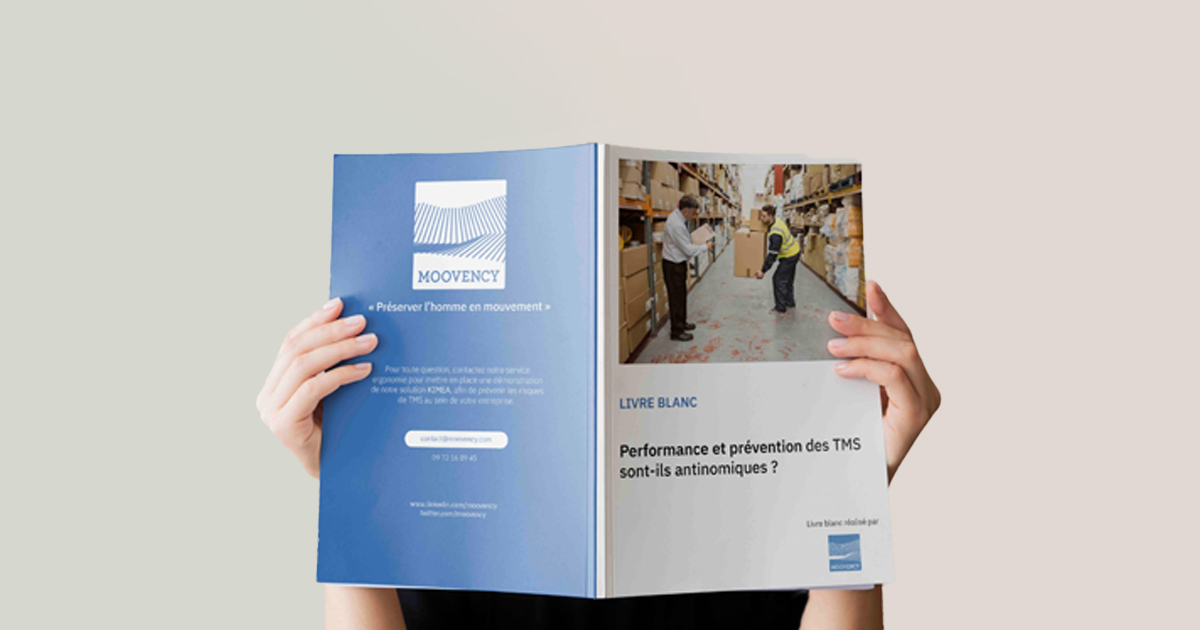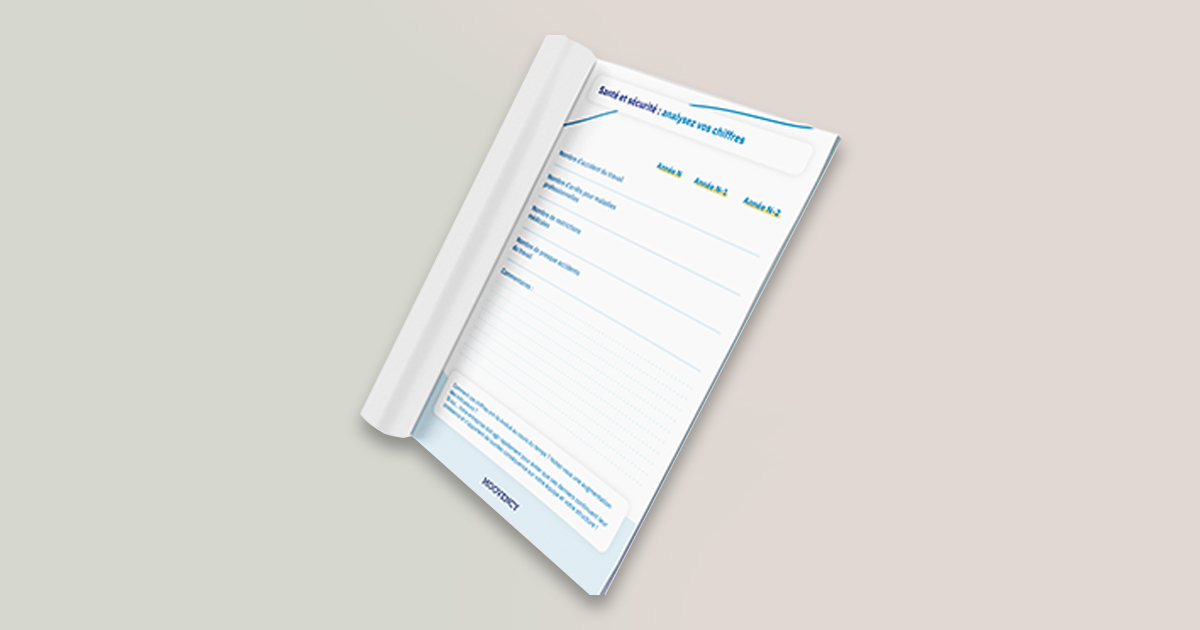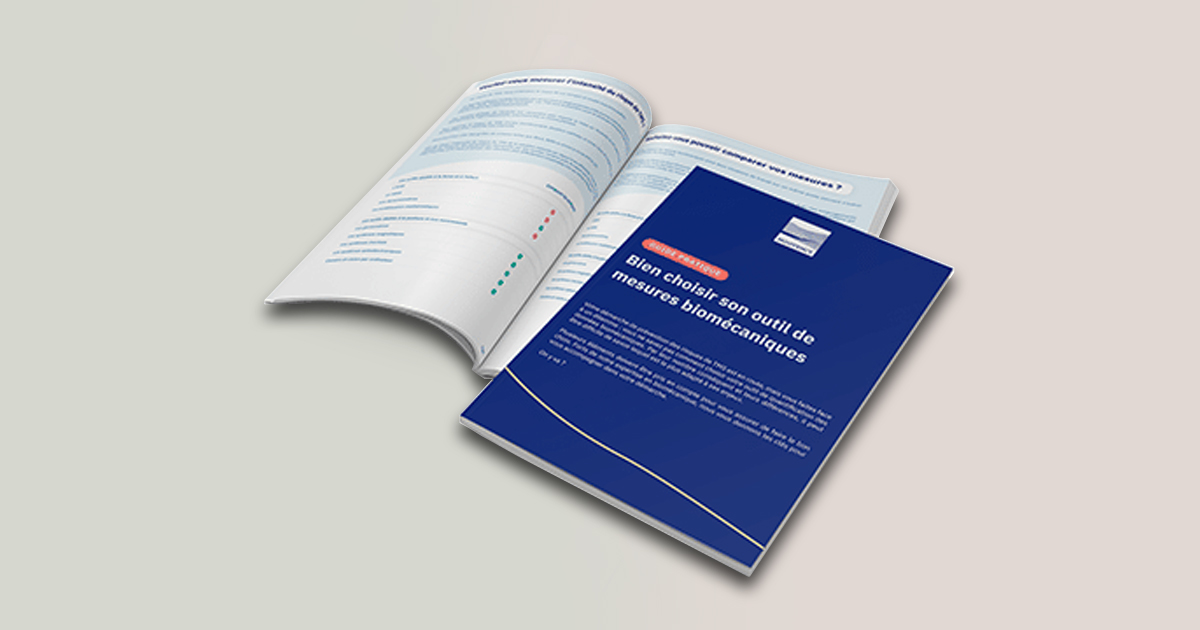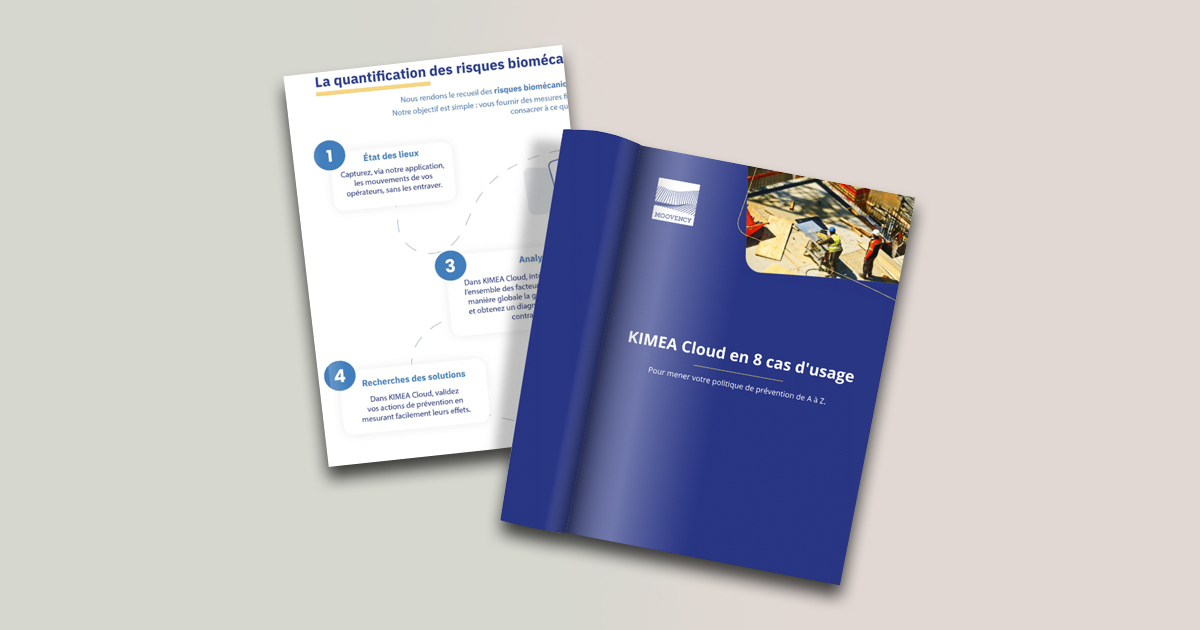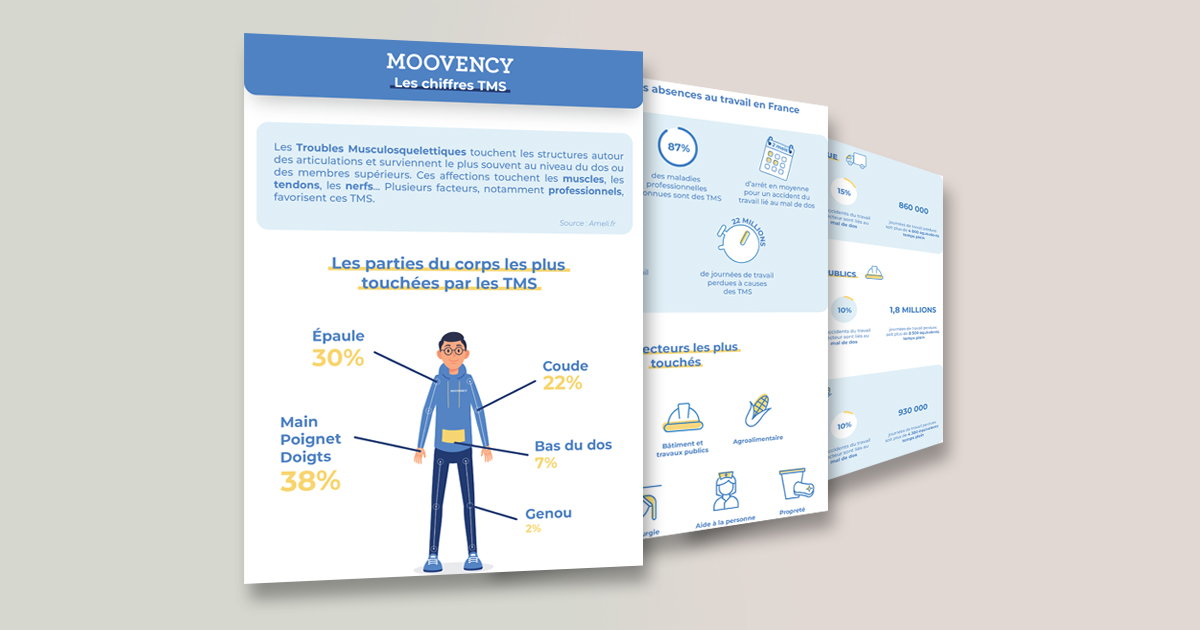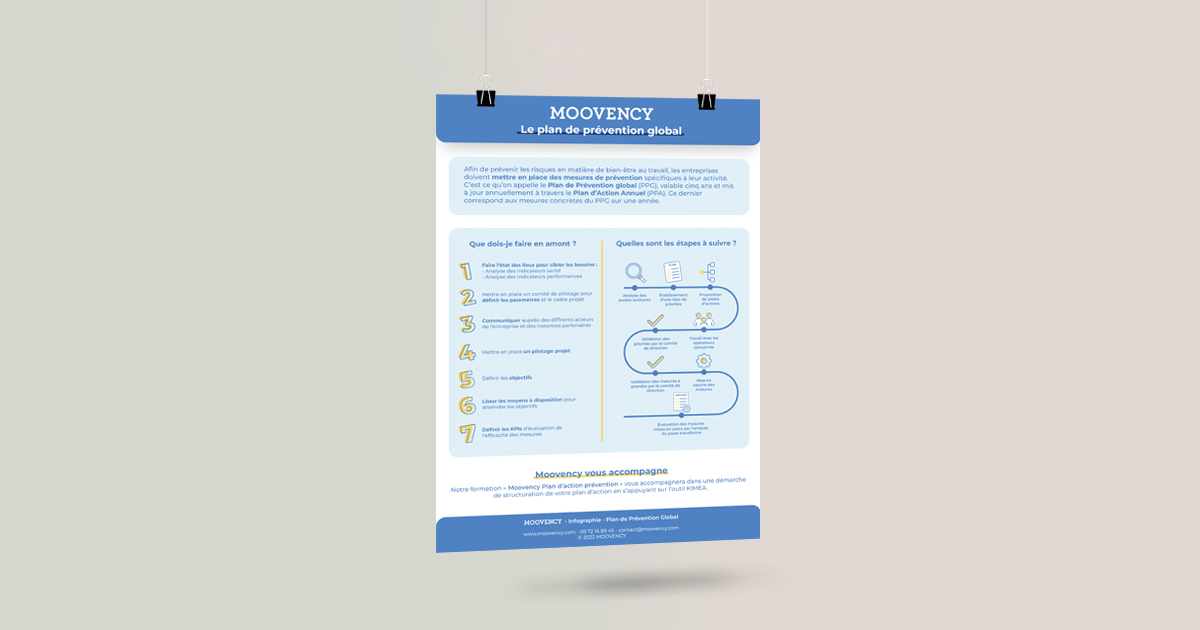The use of corrected Kinect measurements for ergonomic analysis in constrained environments
In this article, we evaluate the validity of using Kinect measurements corrected by our algorithms for ergonomic assessment.
Assessing the potential risks of musculoskeletal disorders in real workstations is a significant challenge, as the environment is often cluttered, making it difficult to evaluate the operator’s postures.
The Kinect is a promising tool for posture evaluation… However, it can sometimes provide inaccurate results, especially when there is occlusion or improper camera placement relative to the operator.
To address this issue, we proposed a solution to detect and correct inaccurate estimations of certain parts of the operator’s body using a method that employs a learning database representing a set of example postures.
Our results showed that when there is occlusion, the raw Kinect data can be significantly improved using our correction method, resulting in reliable and valid joint angles and RULA ergonomic scores.
Our study thus opens up new perspectives for establishing new fatigue and strain indexes based on continuous measurement… Unlike traditional ergonomic methods that rely on static images.


